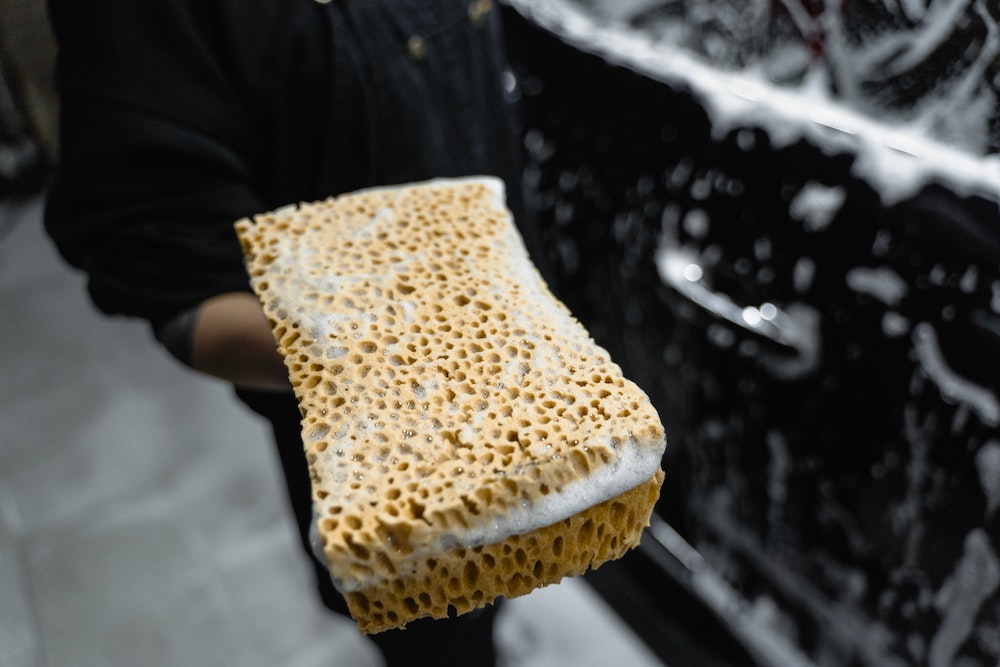Sodium lauryl sulphate: How does the surfactant for floor cleaning, machine degreasing or car cleaning get into our toothpaste?
Sodium lauryl sulphate (SLS) is still found in many cosmetic products. It is an aggressive cleaning agent for floor cleaning, machine degreasing or car cleaning.
In medical and clinical studies, sodium lauryl sulphate has been used as standard for decades to trigger defined skin irritations and to compare these with the reactions of the skin to other chemicals. The strong degreasing effect leads, among other things, to dry and tense skin, various skin irritations and mucous membrane irritations.
Main purpose of SLS: create skin irritation because it works so reliably
We do not want to go into the many other possible damages in the body due to accumulation – that is a bio-logical consequence. Concentrations as low as 0.5 % damage the skin barrier and allow these and other substances to enter the body. SLS is therefore also used as a transport agent and skin penetration enhancer for other substances – for which a concentration of 0.5 % is sufficient.
This means: The skin barrier is actively damaged in order to be able to smuggle in other substances better – what a logic …
Is sodium laureth sulphate (SLES) an alternative to SLS and less harmful?
Sodium laureth sulphate is used, among other things, to avoid having to declare sodium lauryl sulphate. SLES is classified as somewhat less irritating. As SLES is an ethoxylated compound, it causes local anaesthesia in addition to irritation of the skin – therefore, the irritation of the skin is perceived and classified as less.
Reading tip
What else could – but shouldn’t – be in your toothpaste, read here: Fluoride, waste product of the aluminium industry in our toothpaste and drinking water


